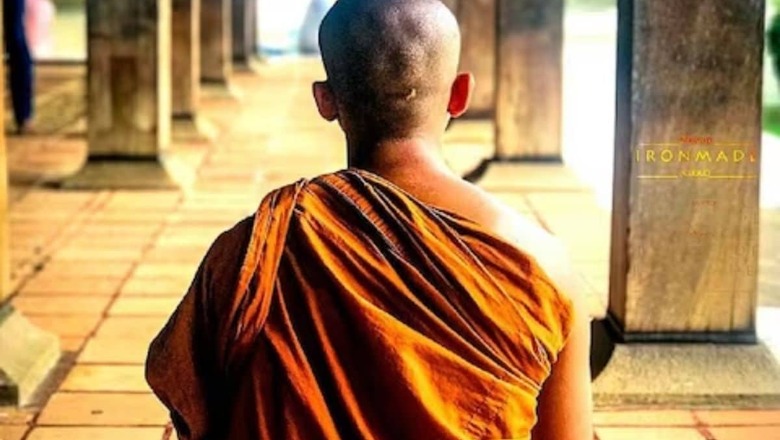
views
Recent discoveries regarding Japan’s historical customs highlight a distinctive practice among 9th-century Japanese monks. According to reports, the ancient Buddhist monks in Japan consumed poison before entering a deep meditative state known as samadhi, believing they would come back to life millions of years later. This unconventional tradition of drinking poison before meditation gives a glimpse into Japan’s historical practices. Japan’s deep connection to religious and mystical traditions is apparent in their ancient rituals. The country is a frontrunner in modern innovations, and it showcases a cultural landscape which seamlessly blends progress and ancient wisdom. The recent disclosure of monks’ rituals further enriches Japan’s cultural and spiritual development narrative.
In an offbeat location near Mount Fuji in Japan, lies a less touristy site featuring the tombs of these Japanese monks. What makes these Samadhi distinctive is the monks’ unconventional method of preserving their bodies during meditation. These monks were the devotees of Shugendo, an ancient form of Buddhism. The monks known as Sokushinbatsu adhered to rigorous lifestyles centred around strict discipline. Their commitment extended to abstaining from food and drink was an integral aspect of their ascetic practices. These monks also followed the unusual practice of self-poisoning as part of their spiritual journey.
Japanese monks have employed distinctive measures to avoid mummification during Samadhi, utilising strict dietary controls. For three years, their diet exclusively consisted of seeds and pods, coupled with rigorous physical activity to prevent fat accumulation. They transitioned to a diet primarily consisting of tubers for the following three years. Interestingly, they also integrated the consumption of poisonous tea made from the Urushi tree into their routine.
These Japanese monks developed a distinctive practice to safeguard their bodies from germs and parasites during the mummification process, involving enduring considerable physical discomfort.
Following this challenging period, the monks follow a regimen of consuming only saltwater for a hundred days. As the final stage neared, they directed their disciples to encase their bodies in a wooden box, burying them alongside coal. The belief associated with this practice is that, if successful, these monks will emerge from their meditative state after millions of years.




















Comments
0 comment